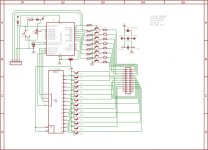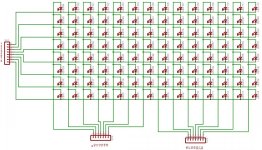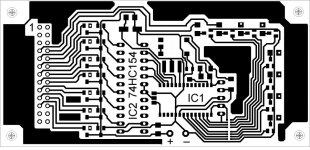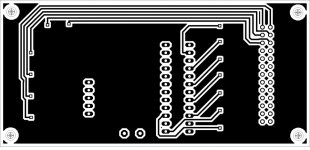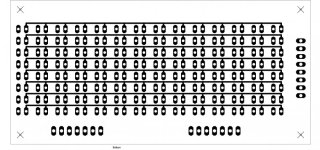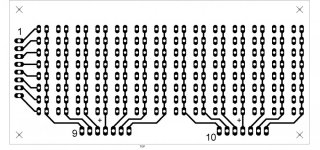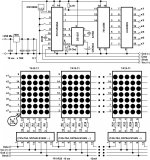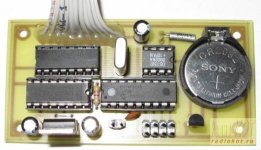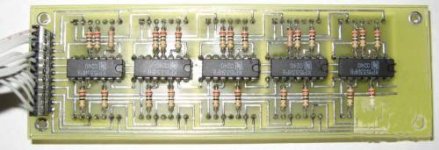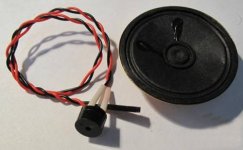سلام
در این تایپیک تابلو های کار بردی از جمله علائم اسم و ایتکت .ساعت و دما سنج و تاریخ قرار داده می شود.
اولین مدار تابلو روان. شما میتوانید با دستکاری فایل اسمبلی و هگز اشکال و نوشته کوتاه خود را بگذارید. همراه با فایل pcb وشماتیک با ایگل تقدیم به شما دوستان
[hide]مشاهده فایلپیوست tablo rahnema.rar[/hide]
در این تایپیک تابلو های کار بردی از جمله علائم اسم و ایتکت .ساعت و دما سنج و تاریخ قرار داده می شود.
اولین مدار تابلو روان. شما میتوانید با دستکاری فایل اسمبلی و هگز اشکال و نوشته کوتاه خود را بگذارید. همراه با فایل pcb وشماتیک با ایگل تقدیم به شما دوستان
[hide]مشاهده فایلپیوست tablo rahnema.rar[/hide]






